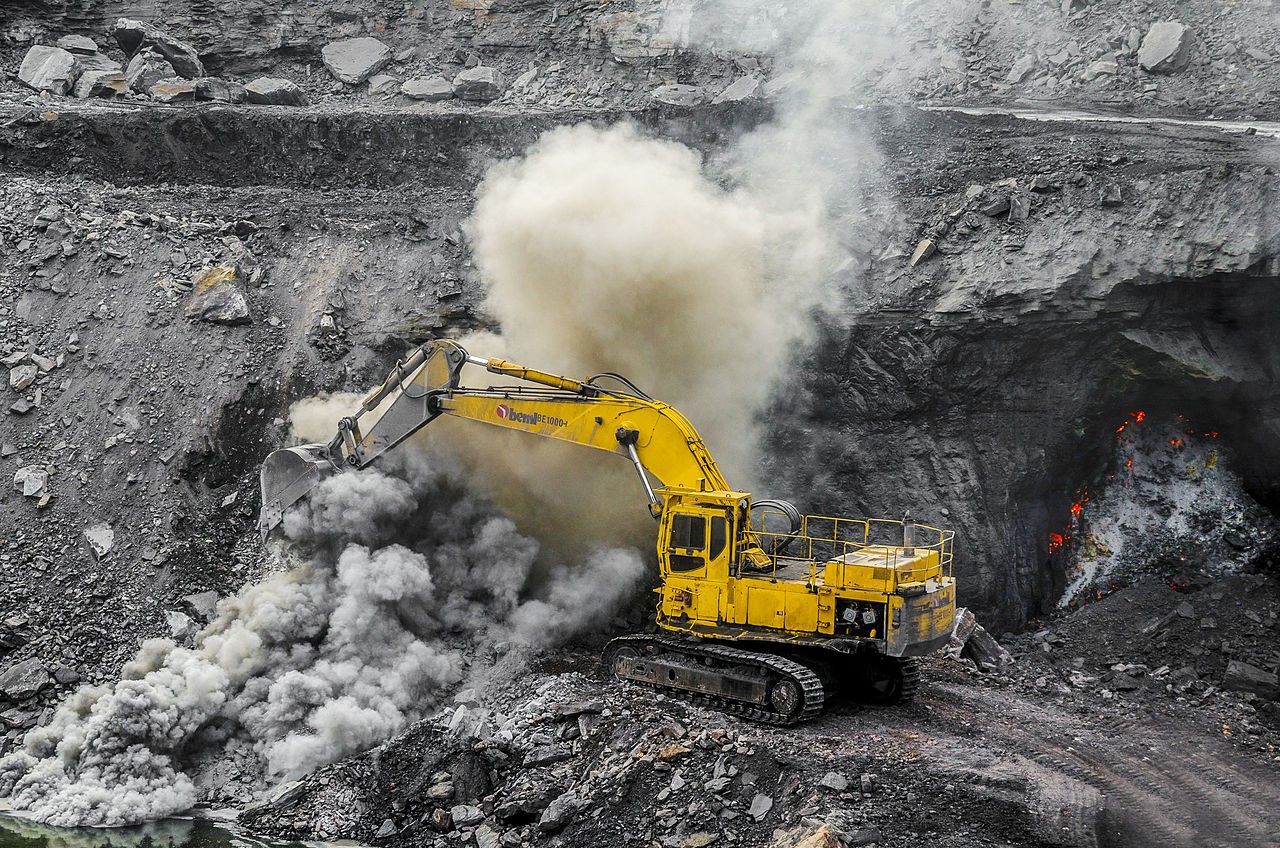Christian Sanz isn’t above trying disguises to sneak into places. He once put on a hard hat, vest and steel-toed boots to get onto the construction site of the San Francisco 49ers football stadium to explore applications for his drone startup.
That bold move scored his first deal.
For the entrepreneur who popularized drones in hackathons in 2012 as founder of the Drone Games matches, starting Skycatch in 2013 was a logical next step.
“We decided to look for more industrial uses, so I went and bought construction gear and was able to blend in, and in many cases people didn’t know I wasn’t working for them as I was collecting data,” Sanz said.
Skycatch has since grown up: In recent years the San Francisco-based company has been providing some of the world’s largest mining and construction companies its AI-enabled automated drone surveying and analytics platform. The startup, which has landed $47 million in funding, promises customers automated visibility over operations.
At the heart of the platform is the NVIDIA Jetson TX2-driven Edge1 edge computer and base station. It can create 2D maps and 3D point clouds in real-time, as well as pinpoint features to within five-centimeter accuracy. Also, it runs AI models to do split-second inference in the field to detect objects.
Today, Skycatch announced its new Discover1 device. The Discover1 connects to industrial machines, enabling customers to plug in a multitude of sensors that can expand the data gathering of Skycatch.
The Discover1 sports a Jetson Nano inside to facilitate the collection of data from sensors and enable computer vision and machine learning on the edge. The device has LTE and WiFi connectivity to stream data to the cloud.
Changing-Tracking AI
Skycatch can capture 3D images of job sites for merging against blueprints to monitor changes.
Such monitoring for one large construction site showed that electrical conduit pipes were installed in the wrong spot. Concrete would be poured next, cementing them in place. Catching the mistake early helped avoid a much costlier revision later.
Skycatch says that customers using its services can expect to compress the timelines on their projects as well as reduce costs by catching errors before they become bigger problems.
Surveying with Speed
Japan’s Komatsu, one of the world’s leading makers of bulldozers, excavators and other industrial machines, is an early customer of Skycatch.
With Japan facing a labor shortage, the equipment maker was looking for ways to help automate its products. One bottleneck was surveying a location, which could take days, before unleashing the machines.
Skycatch automated the process with its drone platform. The result for Komatsu is that less-skilled workers can generate a 3D map of a job site within 30 minutes, enabling operators to get started sooner with the land-moving beasts.
Jetson for AI
As Skycatch was generating massive sums of data, the company’s founder realized they needed more computing capability to handle it. Also, given the environment in which they were operating, the computing had to be done on the edge while consuming minimal power.
They turned to the Jetson TX2, which provides server-level AI performance using the CUDA-enabled NVIDIA Pascal GPU in a small form factor and taps as little as 7.5 watts of power. It’s high memory bandwidth and wide range of hardware interfaces in a rugged form factor are ideal for the industrial environments Skycatch operates in.
Sanz says that “indexing the physical world” is demanding because of all the unstructured data of photos and videos, which require feature extraction to “make sense of it all.”
“When the Jetson TX2 came out, we were super excited. Since 2017, we’ve rewritten our photogrammetry engine to use the CUDA language framework so that we can achieve much faster speed and processing,” Sanz said.
Remote Bulldozers
The Discover1 can collect data right from the shovel of a bulldozer. Inertial measurement unit, or IMU, sensors can be attached to the Discover1 on construction machines to track movements from the bulldozer’s point of view.
One of the largest mining companies in the world uses the Discover1 in pilot tests to help remotely steer its massive mining machines in situations too dangerous for operators.
“Now you can actually enable 3D viewing of the machine to someone who is driving it remotely, which is much more affordable,” Sanz said.
Skycatch is a member of NVIDIA Inception, a virtual accelerator program that helps startups in AI and data science get to market faster.
